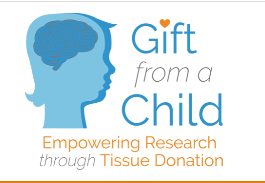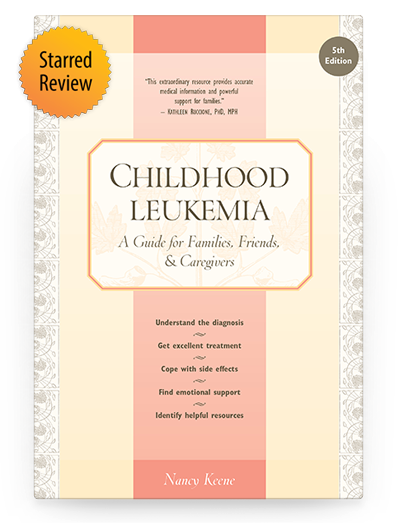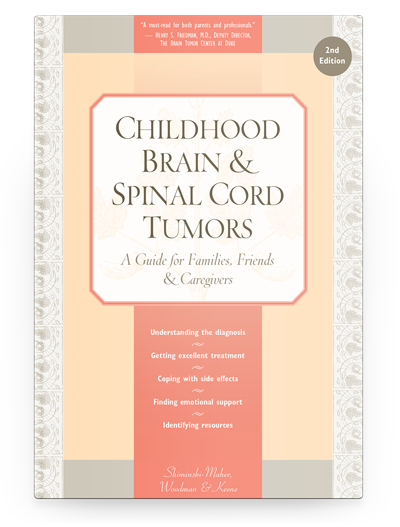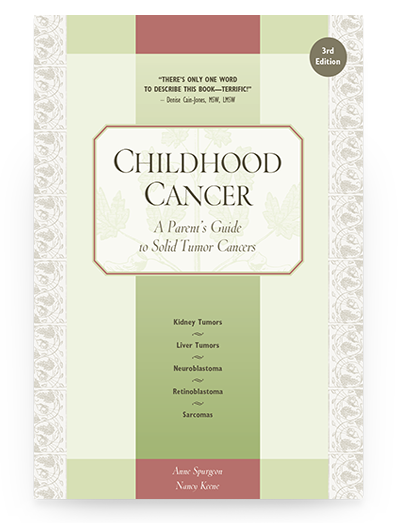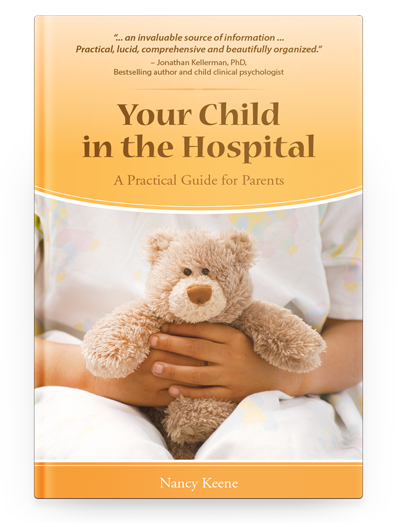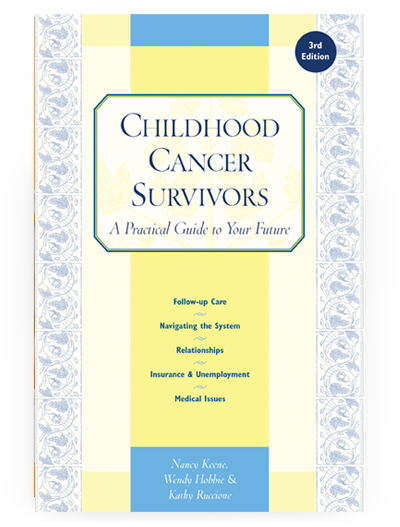
Childhood Brain and Spinal Cord Tumors
Childhood Brain and Spinal Cord Tumors
A Guide for Family, Friends & Caregivers, 2nd ed.
By Tania Shiminski-Maher, Catherine Woodman, MD, Nancy Keene
Copyright 2014
This comprehensive parent guide covers medulloblastoma, astrocytoma, primitive neuroectodermal tumors (PNET), brainstem gliomas, hypothalamic gliomas, atypical teratoid/rhabdoid tumor (AT/RT), ependymomas, craniopharyngiomas, germ cell tumors, and choroid plexis tumors. It contains essential information that families and friends need during this difficult time, including how to:
- Understand the diagnosis
- Get excellent treatment
- Cope with side effects
- Find emotional support
- Identify helpful resources
Woven throughout the text are true stories—practical, poignant, moving, funny—from more than 120 children with brain or spinal cord tumors, their siblings, and their parents.
Table of Contents
All Guides- Introduction
- 1. Diagnosis
- 2. The Brain and Spinal Cord
- 3. Types of Tumors
- 4. Telling Your Child and Others
- 5. Choosing a Treatment
- 6. Coping with Procedures
- 7. Forming a Partnership with the Treatment Team
- 8. Hospitalization
- 9. Venous Catheters
- 10. Surgery
- 11. Chemotherapy
- 12. Common Side Effects of Chemotherapy
- 13. Radiation Therapy
- 14. Peripheral Blood Stem Cell Transplantation
- 15. Siblings
- 16. Family and Friends
- 17. Communication and Behavior
- 18. School
- 19. Sources of Support
- 20. Nutrition
- 21. Medical and Financial Record-keeping
- 22. End of Treatment and Beyond
- 23. Recurrence
- 24. Death and Bereavement
- 25. Looking Forward
- Appendix A. Blood Tests and What They Mean
- Appendix C. Books and Websites
How to Use this Book
While conducting research for this book, we were repeatedly told by parents to “write the truth.” Because the “truth” varies for each person, more than 100 parents, children with brain or spinal cord tumors, and their siblings share portions of their experiences. This book is full of these snapshots in time, some of which may be hard to read, especially by families of newly diagnosed children. Here are our suggestions for a positive way to use the information contained in this book:
Consider reading only the sections that apply to the present or the immediate future. Even if your child’s prognosis indicates a high probability of a cure, reading about recurrence or bereavement can be emotionally difficult.
Realize that only a fraction of the problems that parents describe will affect your child. Every child is different; every child sails smoothly through some portions of treatment but encounters difficulties during others. The more you understand the variability of cancer experiences, the better you will be able to cope with your own situation, as well as be a good listener and helpful friend to other families you meet with differing diagnoses and circumstances.
Take any concerns or questions that arise to your pediatric oncologist and/or nurse practitioner for answers. The more you learn, the better you can advocate for your child.
Share this book with family and friends. Usually, they want to help, but don't know what to do. The childhood cancer-specific guides not only explains the disease and treatment but also offers dozens of concrete suggestions for family and friends.
If you want to delve into any topic in greater depth, Appendix C, Books and Websites, is a good place to start. It contains a list of reputable websites and an extensive list of books for parents and children of all ages. Your taste in reading materials is very individualized, so if something suggested in the appendix is not helpful or upsets you, feel free to try another resource.


